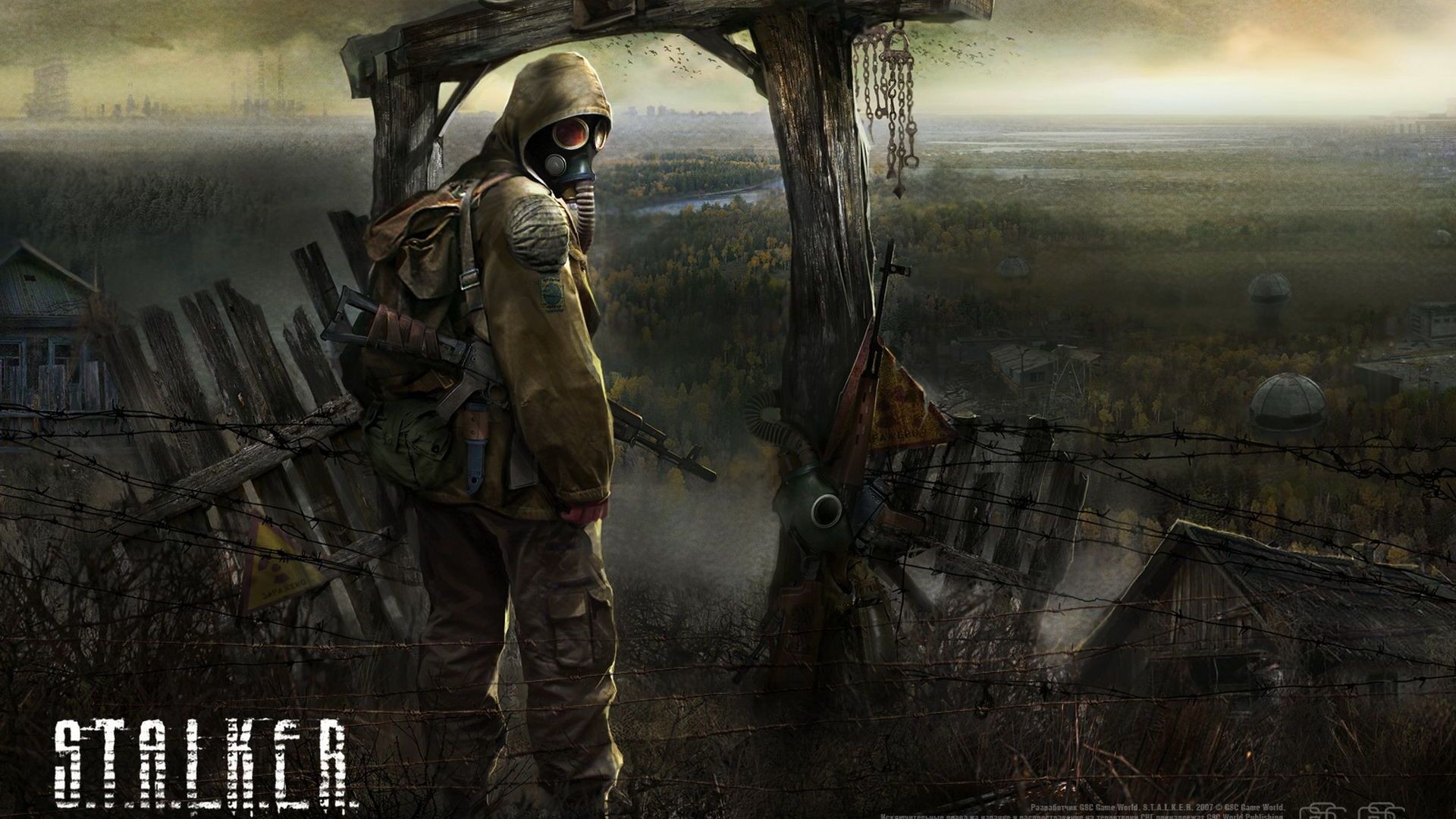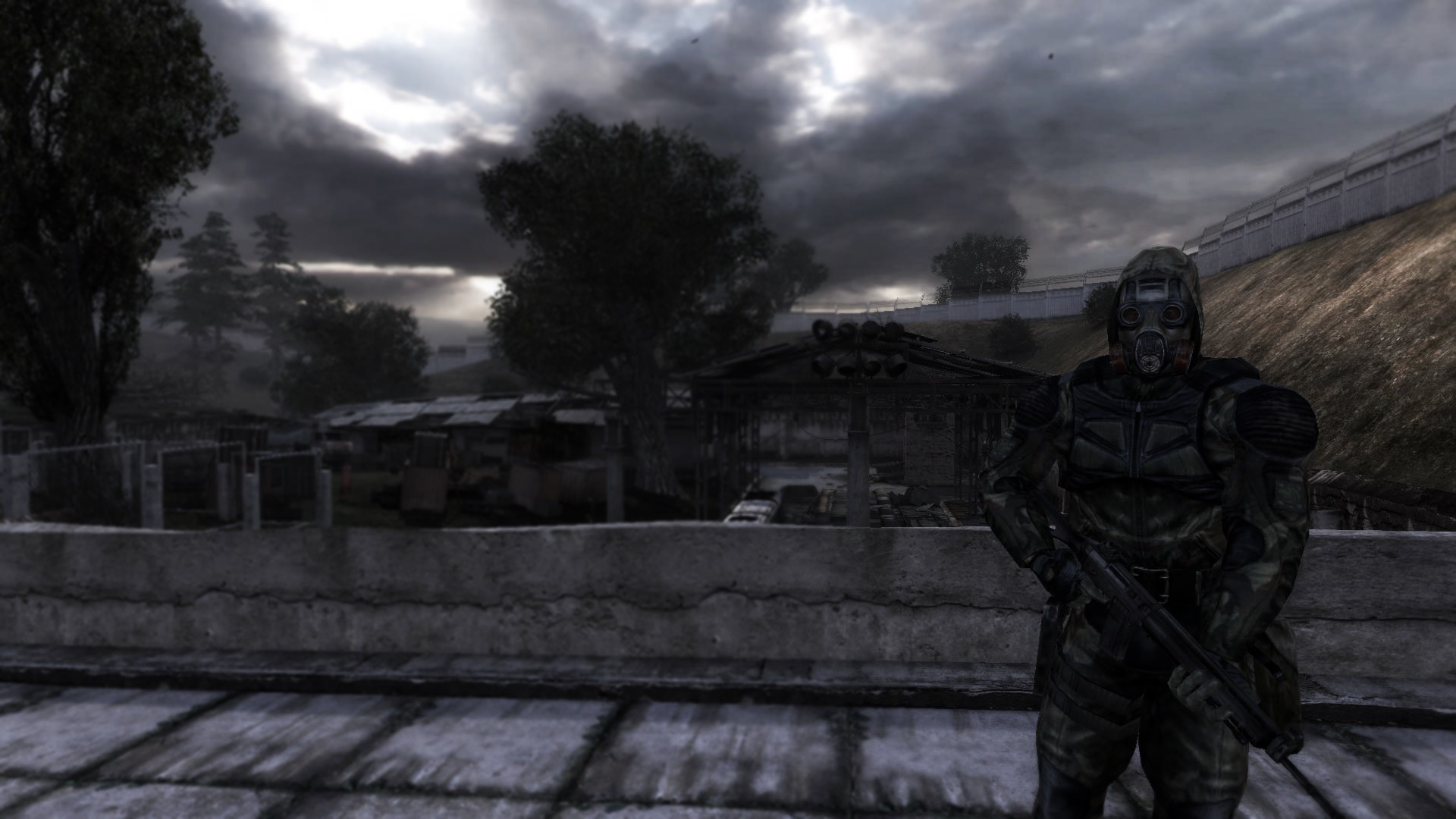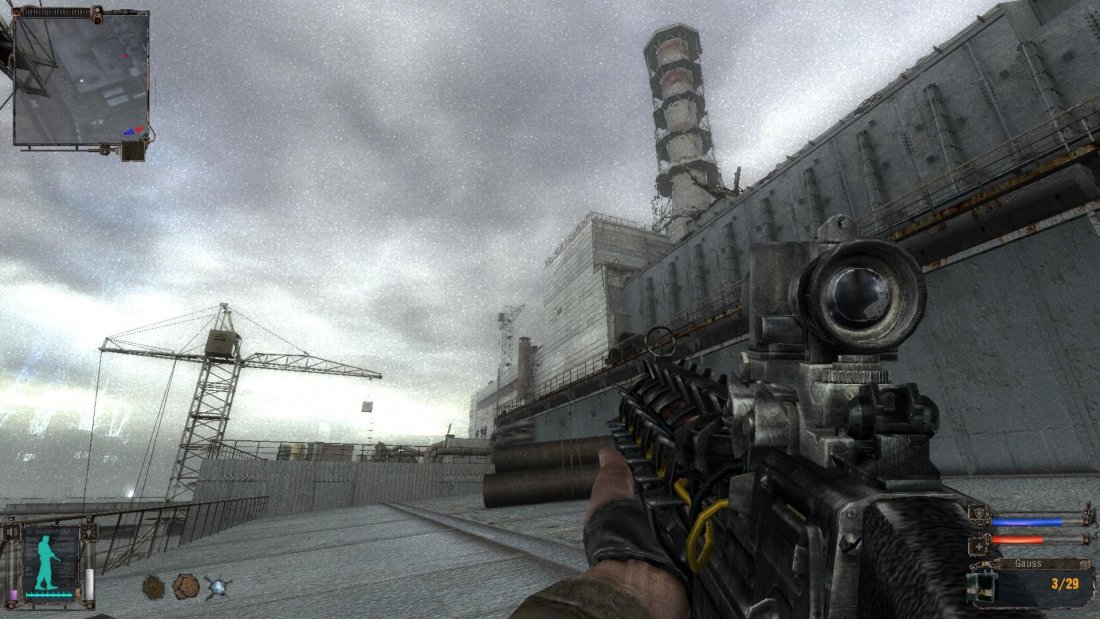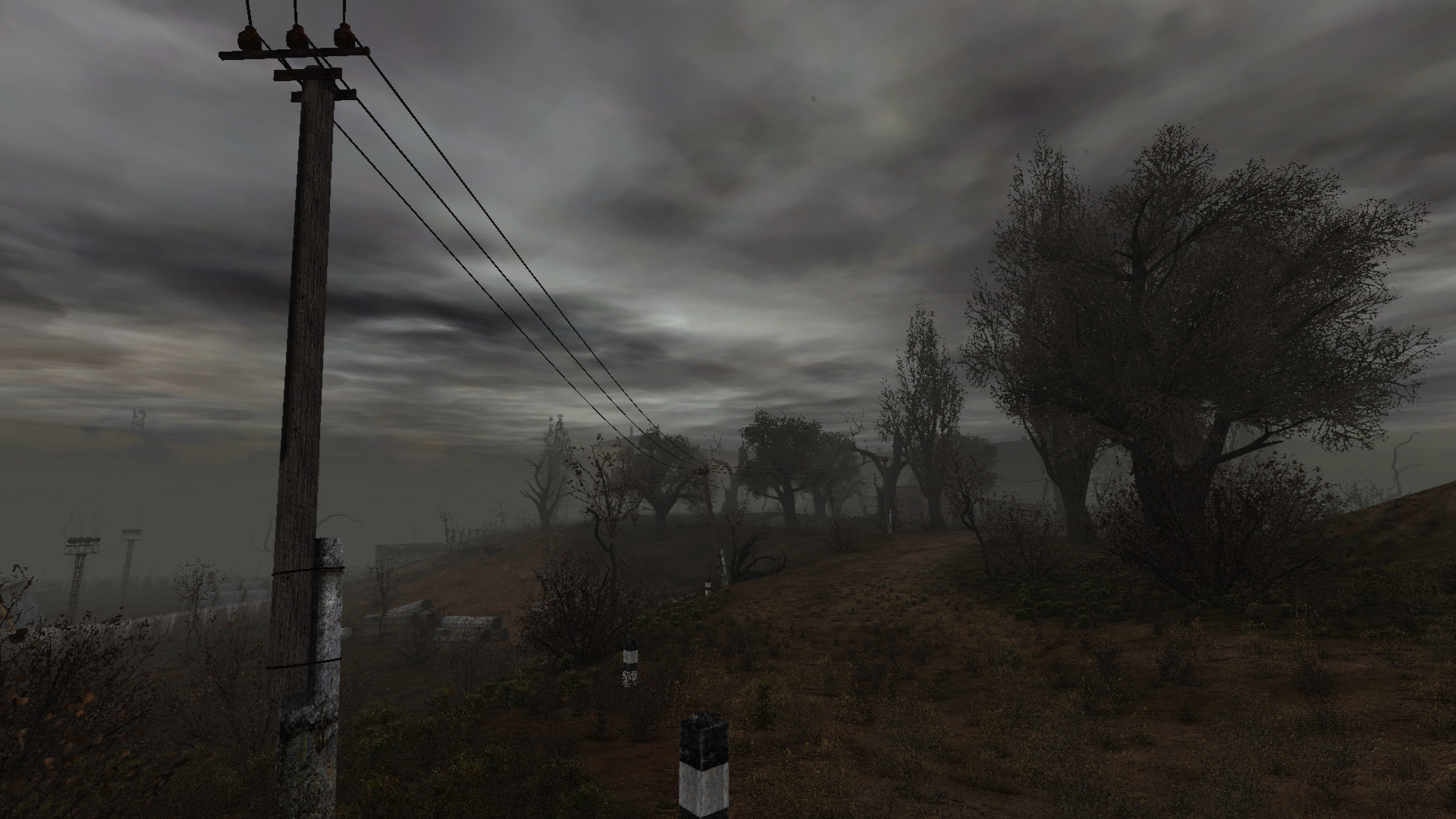S.T.A.L.K.E.R.: Shadow of Chernobyl
posted on 9 Nov 2020
“Мы будем делать Добро из Зла, потому что его больше не из чего делать.” - Аркадий Стругацкий
Chernobyl, nuclear disasters, radiation, and post apocalyptic wastelands containing a severely dwindled human population have always interested me. S.T.A.L.K.E.R. encapsulates all of those things. The dark, ominous, overcast sky that looks like the curse of a deity upon this wicked world, the ravaged trees and wildlife that beget eerie silence, the sense of emptiness and peace that comes attached to the ambience of walking alone among ruins, the fear of an environment and alien lifeforms that are hostile to your existence. It’s all right here.
I was skeptical of S.T.A.L.K.E.R. SOC at first. It’s an older game. When I booted it up for the first time and saw the low quality cutscene and subsequent awkward dialogue, I wasn’t particularly impressed or intrigued to say the least. But I gave it a chance and it was one of the most rewarding and unique experiences I have had in a game.
S.T.A.L.K.E.R. is an open world, first person shooter. It wouldn’t exactly be classified as an RPG due to its lack of RPG mechanics, but I think it truly is a role-playing game with respect to the fundamental definition of what that means. In other words, this game actually makes you feel like a S.T.A.L.K.E.R. living and working amid the devastated environment of the post Chernobyl-NPP disaster.

To provide some background, S.T.A.L.K.E.R. is inspired by the post-apocalyptic science fiction novel, Roadside Picnic, published by Russian authors Arkady and Boris Strugatsky. Instead of “The Zone” (an anomalous area of strange space-time events and radioactivity where the game takes place) being caused by an extraterrestrial event as in Roadside Picnic, The Zone was created as a result of incomprehensible events taking place after the Chernobyl NPP disaster. You play the role of a S.T.A.L.K.E.R. - a wanderer who ventures into the zone in search of high-value artifacts. Specifically one who does not know who he really is.
Although inspired in many ways by Roadside Picnic, S.T.A.L.K.E.R. is, in my opinion, primarily a product of the culture that was spawned by the fascination of the long reaching and esoteric effects of nuclear disasters, with the Metro and Fallout series belonging to this same category.
The gameplay of S.T.A.L.K.E.R. is a bit rough and it’s brilliance does not exist in a seamless FPS experience. But it’s certainly passable and does not get in the way.
I actually found that the gameplay grew on me once I settled into it. I played on the hardest difficulty, which is a more realistic setting and I think the way the game should be played. Not only can you die much easier, but the enemies can as well, and 1-2 headshots will instantly kill you. It requires quick reactions and some degree of planning when there are multiple enemies scattered throughout a location. And God forbid if you stumble acros a bloodsucker. I found the sounds and feel of the weapons to be impactful and gritty feeling.

The relationship between quests/tasks given to you and associated exploration form the backbone of the S.T.A.L.K.E.R. experience. Where you go and what you do is generally up to you. You can spend the entire time wandering around the wasteland and discovering strange locations, artifacts, and enemies on your own time, or you can let this exploration evolve as a consequence of following questlines, both main and side. Quests are a hit or miss. Some lead to interesting outcomes and discoveries, while some simply were. The main questline, from what I remember, leads you nicely through the various sections of the map in the game.
What I want to emphasize the most in my thoughts for this game is the ambience of S.T.A.L.K.E.R. Shadow of Chernobyl.
What do I mean by atmosphere? It is something that is best experienced instead of described, but I will do my best. If you could imagine yourself placed into a desolate, oppressive, grey landscape, alone and unaware of your new surroundings yet beckoned to explore and immersive yourself in the quiet melancholy of your isolation and surrounding deadness, then you would be in the devasted forest surrounding the Chernobyl exclusion zone in S.T.A.L.K.E.R.. You would be in this game.
The horror of Shadow of Chernobyl was perhaps not a focal point in the initial development, but places like Lab X-18 are some of the most terrifying places I’ve been in the world of video games. Everyone who is a fan of horror should make their way into Lab X-18 on a dark night.

I remember when I was watching the video of the development team giving their thoughts on Clear Sky, they said that they wanted to make a game where it feels like you could be a part of it and live in it. That’s what this is. There are no complex NPC dialogues and large, populated cities to explore and take in such as in Skyrim or The Witcher 3, yet you are drawn back into it again and again just like your main character is inexplicably drawn to the Chernobyl nuclear power plant reactor. You want to see what is out there, but you also want to wire yourself back into a place that is far away from other souls to reflect on your own life and purpose in the void. Shadow of Chernobyl is simultaneously an unnerving experience of paranoia and a panacea from the chaos of the real world.
As you make your way closer and closer to the remains of the highly irradiated nuclear power plant, you discover your purpose and who you are when your journey finally comes to its conclusion. I will never forget being deep inside of the reactor building, surrounded by contaminated graphite, my geiger counter ticking as if it was going to break at any second while I watched the corners for any nuclear worshipping Monolith faction soldiers wanting to end my life with a rail gun.
The frankly weird ending (I won’t spoil anything) was an extraordinarily fitting conclusion for this game, and it cemented Shadow of Chernobyl as one of my favorite games of all time. While I played this in the harsh rays of the summer heat, I found my solace walking through the cold and dead remains of Pripyat.
Categories: #reviews
